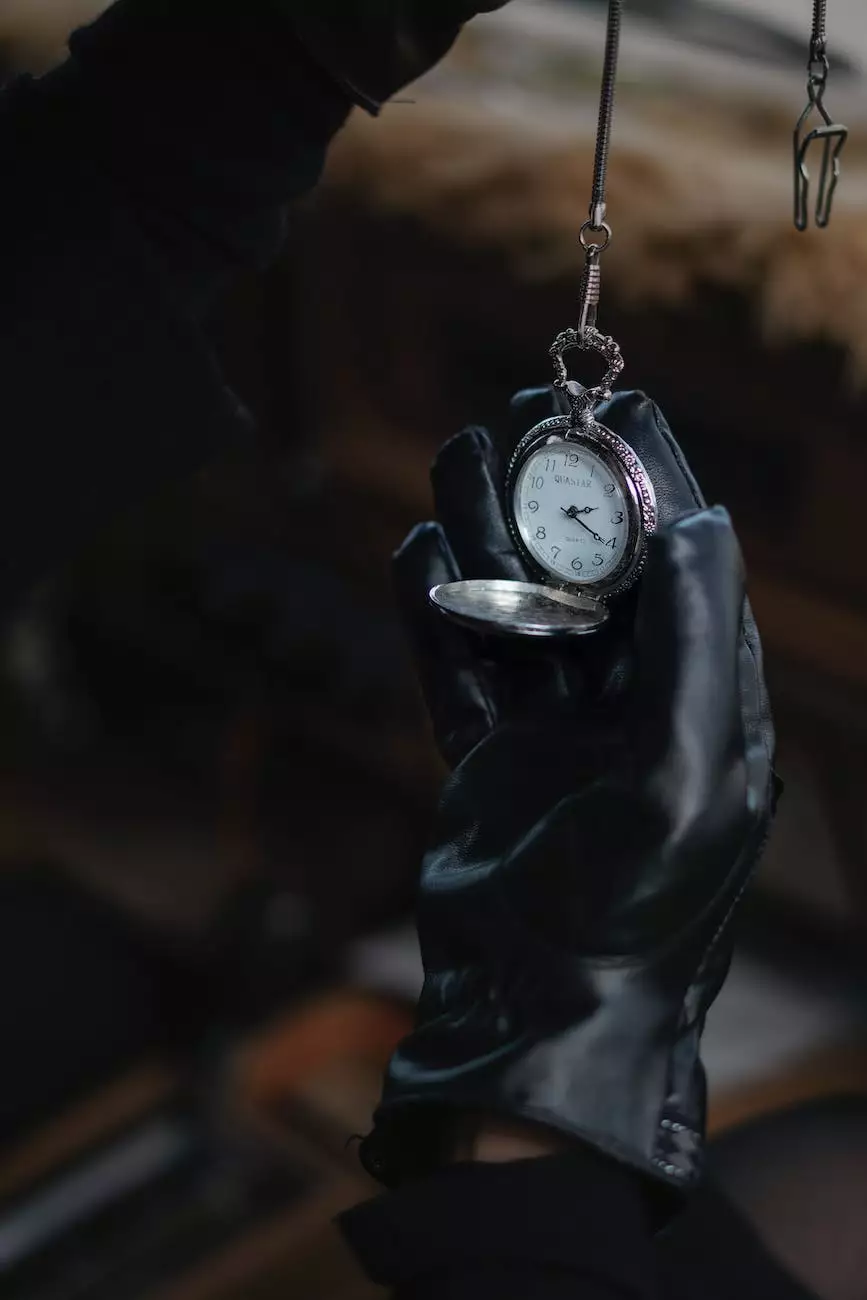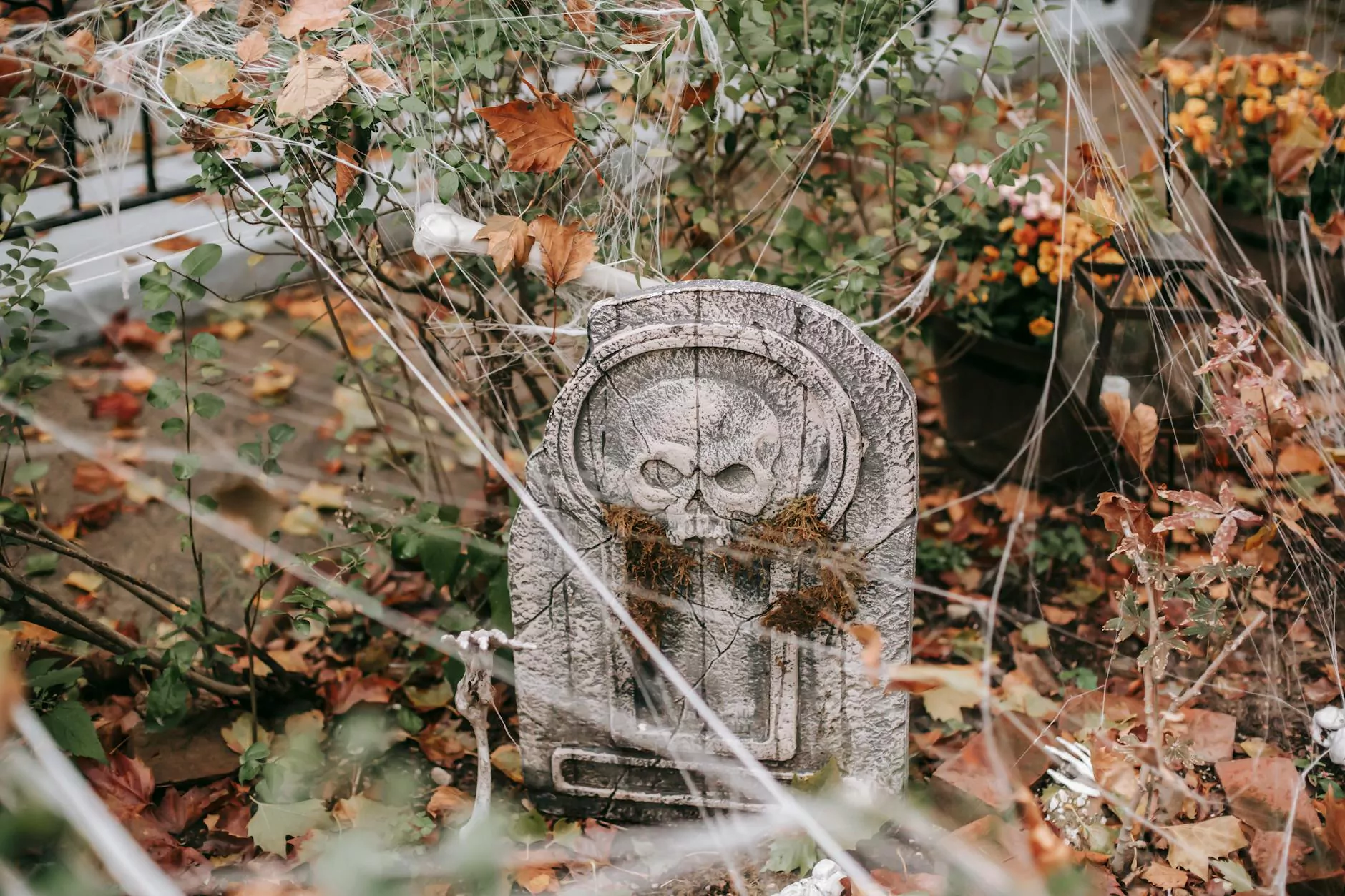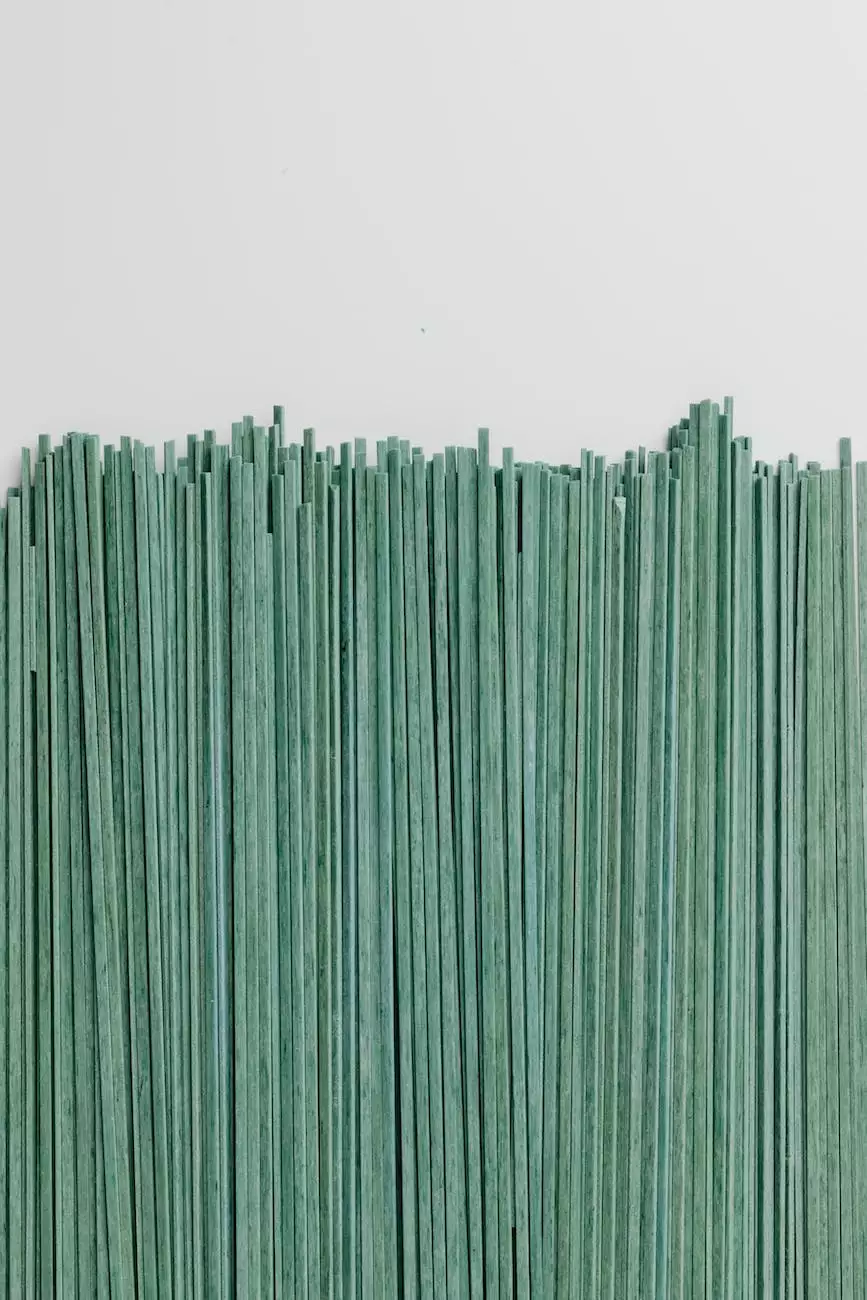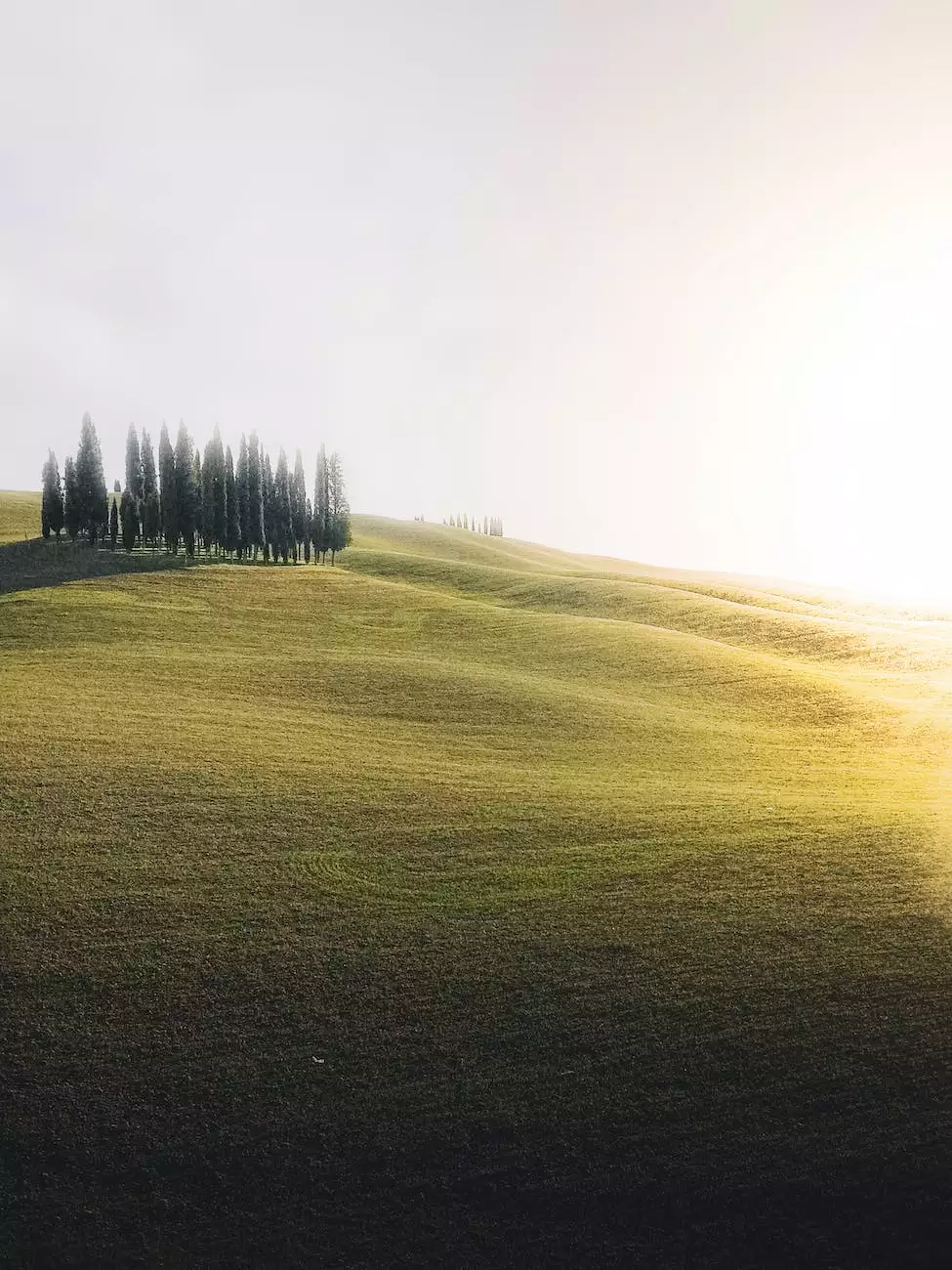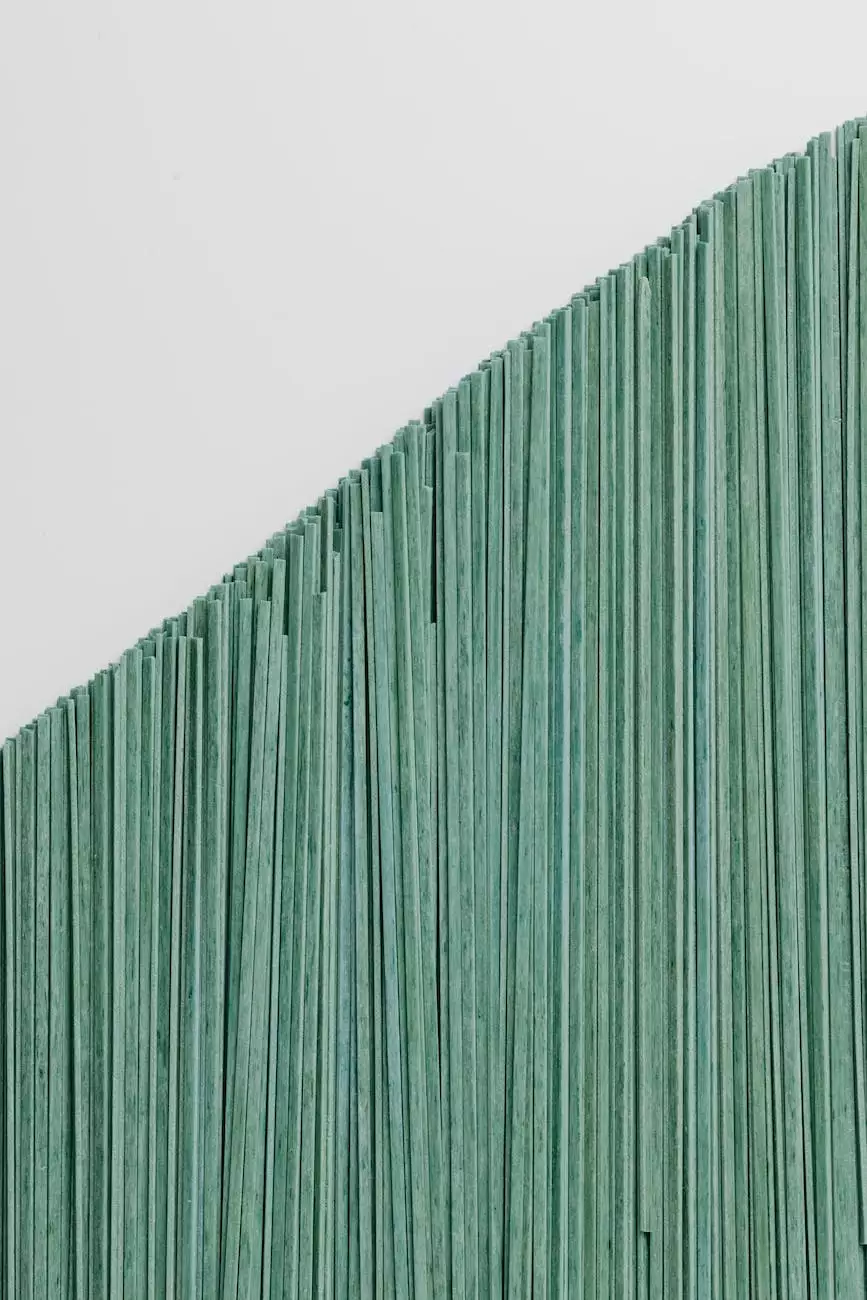French Vocabulary for Winter Clothing
Blog
The Importance of Learning Winter Clothing Vocabulary in French
As the winter season approaches, it becomes crucial to familiarize yourself with the essential French vocabulary related to winter clothing. Whether you're planning a trip to a French-speaking country during the colder months or simply want to expand your language skills, mastering this vocabulary will enhance your ability to communicate effectively in various winter-related situations.
Winter Clothing Vocabulary List
To help you acquire a comprehensive understanding of French winter clothing terms, we have compiled an extensive list below:
1. Manteau (Coat)
The word "manteau" refers to a coat in French. When the temperature drops, it is important to have a warm and stylish manteau to stay comfortable during winter outings. From long wool coats to trendy parkas, manteaux are available in various styles to suit your preferences.
2. Bonnet (Beanie)
A "bonnet" is a beanie or hat used to cover and protect the head from the cold. In French fashion, bonnets are not only functional but also fashionable. They come in a wide range of materials such as wool, cashmere, and fleece, providing warmth and style simultaneously.
3. Écharpe (Scarf)
An "écharpe" is a scarf, an essential accessory during the winter months. It helps keep the neck warm and shields against chilly winds. French fashionistas are often seen wearing stylish and colorful écharpes as part of their winter outfits.
4. Gants (Gloves)
A pair of "gants" or gloves is essential to protect your hands from the cold. They are available in various materials, including leather, wool, and synthetic fibers. Ensure your hands stay warm, especially when engaging in winter activities such as skiing or ice skating.
5. Bottes (Boots)
"Bottes" or boots are indispensable for traversing snowy streets and keeping your feet warm. French winters can be wet and slushy, so opt for boots with waterproof features to protect your feet from the elements.
6. Cache-oreilles (Ear Muffs)
In colder climates, "cache-oreilles" or ear muffs are worn to protect the ears from freezing temperatures. These coverings fit snugly over the ears and come in various colors and designs, offering both functionality and style.
7. Pull-over (Sweater)
"Pull-over" is the French term for a sweater, which is the quintessential winter wardrobe staple. From cozy knits to luxurious cashmere, pull-overs come in various styles and thicknesses to keep you warm during cold spells.
8. Pantalon (Trousers)
Pantalon refers to trousers or pants in French. Choose warm and durable pantalon options like corduroy or wool blends, suitable for braving the winter weather while maintaining a fashionable appearance.
9. Sous-vêtements thermiques (Thermal Underwear)
In extremely cold climates, wearing "sous-vêtements thermiques" or thermal underwear is essential. These undergarments provide an extra layer of insulation, helping to retain body heat and keep you warm throughout the day.
10. Doudoune (Puffer Jacket)
A "doudoune" is a puffer jacket, perfect for extreme cold conditions. These jackets are lightweight yet provide exceptional warmth due to their insulated padding. Opt for a doudoune with a hood for added protection against wind and snow.
Tips for Memorizing Winter Clothing Vocabulary
Here are some effective strategies to help you memorize and retain French winter clothing vocabulary:
1. Flashcards
Create flashcards with the French word on one side and the corresponding English translation on the other. Review these regularly to reinforce your memory.
2. Labeling
Label winter clothing items in your home with their French names. Every time you see the labeled items, try to recall their French names, reinforcing your vocabulary acquisition in a practical context.
3. Vocabulary Apps
Utilize language learning apps that offer specific modules for winter clothing vocabulary. These apps often include interactive exercises and quizzes to help you practice and internalize the terms effectively.
4. Practice with Native Speakers
Engage in conversations with native French speakers or join language exchange groups to practice using winter clothing vocabulary in real-life scenarios. Immersion through communication is a powerful way to solidify your language skills.
Conclusion
Expanding your French vocabulary to include winter clothing terms is a valuable endeavor. It allows you to navigate the winter season confidently, whether you are in a French-speaking country or interacting with French speakers during the colder months. With this comprehensive list of vocabulary and helpful memorization strategies, you are well-equipped to enhance your language skills and showcase your knowledge of French winter clothing terms.

